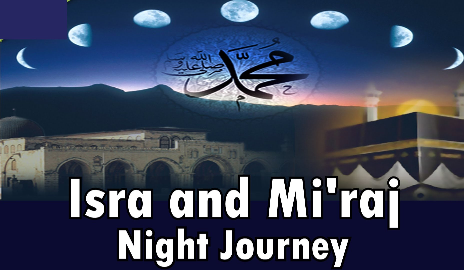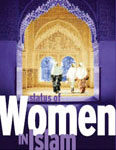In the time of Rasoolullah Sallallaahu Alayhi Wa Sallam, Sahaabah Radhiyallaahu Anhum gained their knowledge directly from him. If a query arose it was simple enough to ask the Prophet Sallallaahu Alayhi Wa Sallam and then act upon his instructions. Thus in issues where there is clear-cut guidance from Rasoolullah Sallallaahu Alayhi Wa Sallam, we find no difference of opinion. Differences arose when at times Rasoolullah Sallallaahu Alayhi Wa Sallam performed the same actions in various ways, like lifting the hands when saying Allahu Akbar when going into Ruku and the abstention thereof. This later on gave rise to differing views from amongst the Sahaabah Radhiyallaahu Anhum in these types of issues. It should be noted that in the majority of these types of differences, the views were related to which is preferable, not which is right and wrong. Differences also arose when issues came up which were not prevalent in time of Rasoolullah Sallallaahu Alayhi Wa Sallam. This led to Sahaabah forming different opinions in these matters based on what they deduced fitted closest to the principles laid down by the Quran and Hadith.
Generally, in one city and at times a province, one Sahaabi was the Grand Mufti of the area and in another province another Sahaabi. Thus the ruling of that Sahaabi would be practiced upon in his respective region. These differences filtered down to their students, and then to their students, and so forth. In the second century of Islam, an effort was made to codify Islamic rulings into compilations, rather as A-Z manuals of Islam, a work not undertaken in time of Sahaabah as that was the age of oral transmission. The third century of Islam saw the classification and compilation of Ahadith in book form.
What we should understand is that the Imaam of the Madh’hab were not re-inventing the wheel. Rather they were collating and compiling the rulings of the Quran, the Hadith and the practices of Sahaabah Radhiyallaahu Anhum for the ease of the Ummah. Imaam Abu Hanifa’s (RA) statement clearly points this out: “I first turn to the Quran to find a ruling. If I do not find any reference therein, I turn to the Sunnah of Rasoolullah Sallallaahu Alayhi Wa Sallam, and authentic precedents from him which have been transmitted by trustworthy persons. If I do not find anything in the Book of Allah or in the Sunnah of His Messenger Sallallaahu Alayhi Wa Sallam, I resort to selecting from the verdicts of the Sahaabah Radhiyallaahu Anhum. I do not step beyond this to the statements of others. However, if I do not find precedent from the Sahaabah Radhiyallaahu Anhum and the rulings found are based on the Fatwas of Ibraaheem, al-Sha`bee, or Ibn al Musayyib (i.e. non-Sahaabah), then I am entitled to endeavour to use my reasoning in the same way as they had done?” (Tahzeebul Kamaal) They were using the best approach possible in codifying and compiling Islamic rulings.
A Mujtahid is a person who is qualified to extract Islamic rulings from Quran and Hadith. The level of excellence needed to attain this position is extraordinary. Studying the biographies of the Imaams will point this out quite clearly. In the second century of Islam there were a number of Ulama who had attained the rank of Mujtahid.
However from amongst the Mujtahids, Islamic Law primarily centred on the four Imaams for various factors. Number one being, that they were the only Imaams who left a complete blueprint of Islamic law. Guidance from A-Z was found in their compilations. This was not case of the other Mujtahids.
Secondly, they were the foremost Ulama of their times and their compilations of Islamic Law held the position of Islamic Constitution in their respective areas and timeframes. Imaam Abu Yusuf (RA), the foremost student of Imaam Abu Hanifa (RA) was appointed as the Chief Justice of the Islamic Khilaafat after the demise of Imaam Abu Hanifa (RA). The natural effect of this, was that the Hanafi compilations of Fiqh spread throughout the Islamic world. Hence we find the greater amount of Muslims in the world are followers of the Hanafi Mazhab. As the various Imaams were located at different regions in the Islamic world, we find certain areas to be predominantly Shafi’ee or Malikee or Hambalee.
These four Madh’hab formed the basis and blueprint for Islam from their inception to this day. The Ulama of this Ummah have trusted and worked within the framework of the Madh’hab throughout the centuries with unanimity. This unanimity is known as Ijmaa’ (consensus of the scholars). Ijmaa’ is a Hujjate Qaatiah (an indisputable proof) in Islamic law.
For over a millennium, this has been the tried, tested and successful formula for following the teachings of the Quran, the Sunnah of Rasoolullah Sallallaahu Alayhi Wa Sallam and the practice of Sahaabah Radhiyallaahu Anhum. May Allah Ta’ala grant us the true understanding of His Deen and the ability to implement it in our lives, Ameen.



